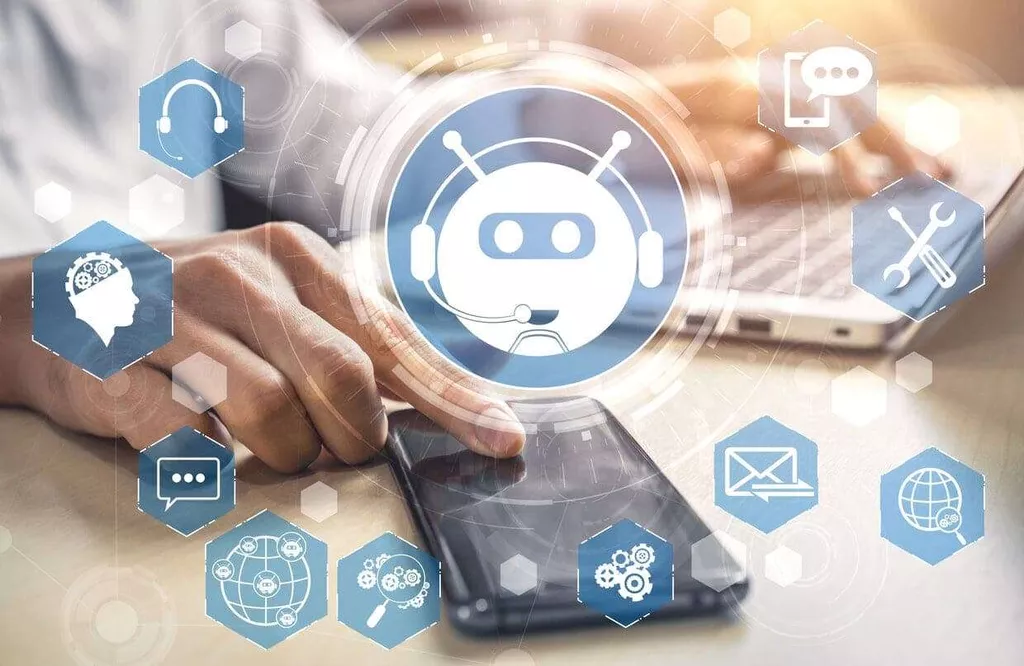The impacts of active and self-supervised learning on efficient annotation of single-cell expression data Nature Communications
For example, an algorithm may be fed images of flowers that include tags for each flower type so that it will be able to identify the flower better again when fed a new photograph. To benchmark the effect of cell type imbalance on the performance of selection methods, we created four datasets per cohort. Specifically, we created two imbalanced datasets with 450 cells of one type and 50 of another, with cell types that were similar and distinct from each other. We also created two additional balanced datasets as a comparison using the same cell types. Only two cell types were included in this analysis to ensure we could control for cell type similarity.
Should a cluster have fewer cells than this, all cells from this cluster are sampled and the remaining cells are taken evenly from other clusters. Perhaps the most famous demonstration of the efficacy of machine-learning systems is the 2016 triumph of the Google DeepMind AlphaGo AI over a human grandmaster in Go, a feat that wasn’t expected until 2026. Go is an ancient Chinese game whose complexity bamboozled computers for decades. Over the course of a game of Go, there are so many possible moves that searching through each of them in advance to identify the best play is too costly from a computational standpoint. Instead, AlphaGo was trained how to play the game by taking moves played by human experts in 30 million Go games and feeding them into deep-learning neural networks. Machine learning (ML) is a type of artificial intelligence (AI) focused on building computer systems that learn from data.
Is it hard to learn machine learning?
One 2019 estimate was that the power required by machine-learning systems is doubling every 3.4 months. Training the deep-learning networks needed can take a very long time, requiring vast amounts of data to be ingested and iterated over as the system gradually refines its model in order to achieve the best outcome. The choice of which machine-learning model to use is typically based on many factors, such as the size and the number of features in the dataset, with each model having pros and cons.
What is artificial intelligence and how does it work? – Financial Times
What is artificial intelligence and how does it work?.
Posted: Wed, 19 Jul 2023 07:00:00 GMT [source]
In addition, deep learning performs “end-to-end learning” – where a network is given raw data and a task to perform, such as classification, and it learns how to do this automatically. Machine Learning is an AI technique that teaches computers to learn from experience. Machine learning algorithms use computational methods to “learn” information directly from data without relying on a predetermined equation as a model. The algorithms adaptively improve their performance as the number of samples available for learning increases. While AI can be achieved through many approaches, including rule-based systems and expert systems, machine learning is a data-driven approach that requires large amounts of data and advanced algorithms to learn and improve automatically over time. In contrast, rule-based systems rely on predefined rules, whereas expert systems rely on domain experts’ knowledge.
Unsupervised learning
This type of machine learning strikes a balance between the superior performance of supervised learning and the efficiency of unsupervised learning. In supervised learning, data scientists supply algorithms with labeled training data and define the variables they want the algorithm to assess for correlations. Both the input and output of the algorithm are specified in supervised learning. Initially, most machine learning algorithms worked with supervised learning, but unsupervised approaches are becoming popular.
This evaluation data allows the trained model to be tested, to see how well it is likely to perform on real-world data. However, training these systems typically requires huge amounts of labelled data, with some systems needing to be exposed to millions of examples to master a task. From Samuels on, the success of computers at board games has posed a puzzle to AI optimists and pessimists alike. If a computer can beat a human at a strategic game like chess, how much can we infer about its ability to reason strategically in other environments? For a long time, the answer was, “very little.” After all, most board games involve a single player on each side, each with full information about the game, and a clearly preferred outcome.
While AI refers to the general attempt to create machines capable of human-like cognitive abilities, machine learning specifically refers to the use of algorithms and data sets to do so. Machine learning is a powerful technology with the potential to transform how we live and work. We can build systems that can make predictions, recognize images, translate languages, and do other things by using data and algorithms to learn patterns and relationships. As machine learning advances, new and innovative medical, finance, and transportation applications will emerge. To generate a more realistic scenario with more than two cell types we generated another set of balanced and imbalanced datasets for each cohort.
Most of the dimensionality reduction techniques can be considered as either feature elimination or extraction. One of the popular methods of dimensionality reduction is principal component analysis (PCA). PCA involves changing higher-dimensional data (e.g., 3D) to a smaller space (e.g., 2D).
Healthcare and life sciences
Thus, we conclude that self-training can also be used to detect mislabeled cells within the training set used for the self-training classifier. From autonomous cars to multiplayer games, machine learning algorithms can now approach or exceed human intelligence across a remarkable number of tasks. The breakout success of deep learning in particular has led to breathless speculation about both the imminent doom of humanity and its impending techno-liberation. Even Geoffrey Hinton, a researcher at Google and one of the godfathers how machine learning works of modern neural networks, has suggested that deep learning alone is unlikely to deliver the level of competence many AI evangelists envision. We found that active learning approaches generally outperformed both random and adaptive reweighting approaches in imbalanced settings (Fig. 3C, Supplementary Figs. 13–27). As expected, the drop in performance in imbalanced settings was higher for cell types that were highly similar, while it was less pronounced when the cell types selected were distinct from each other.













































